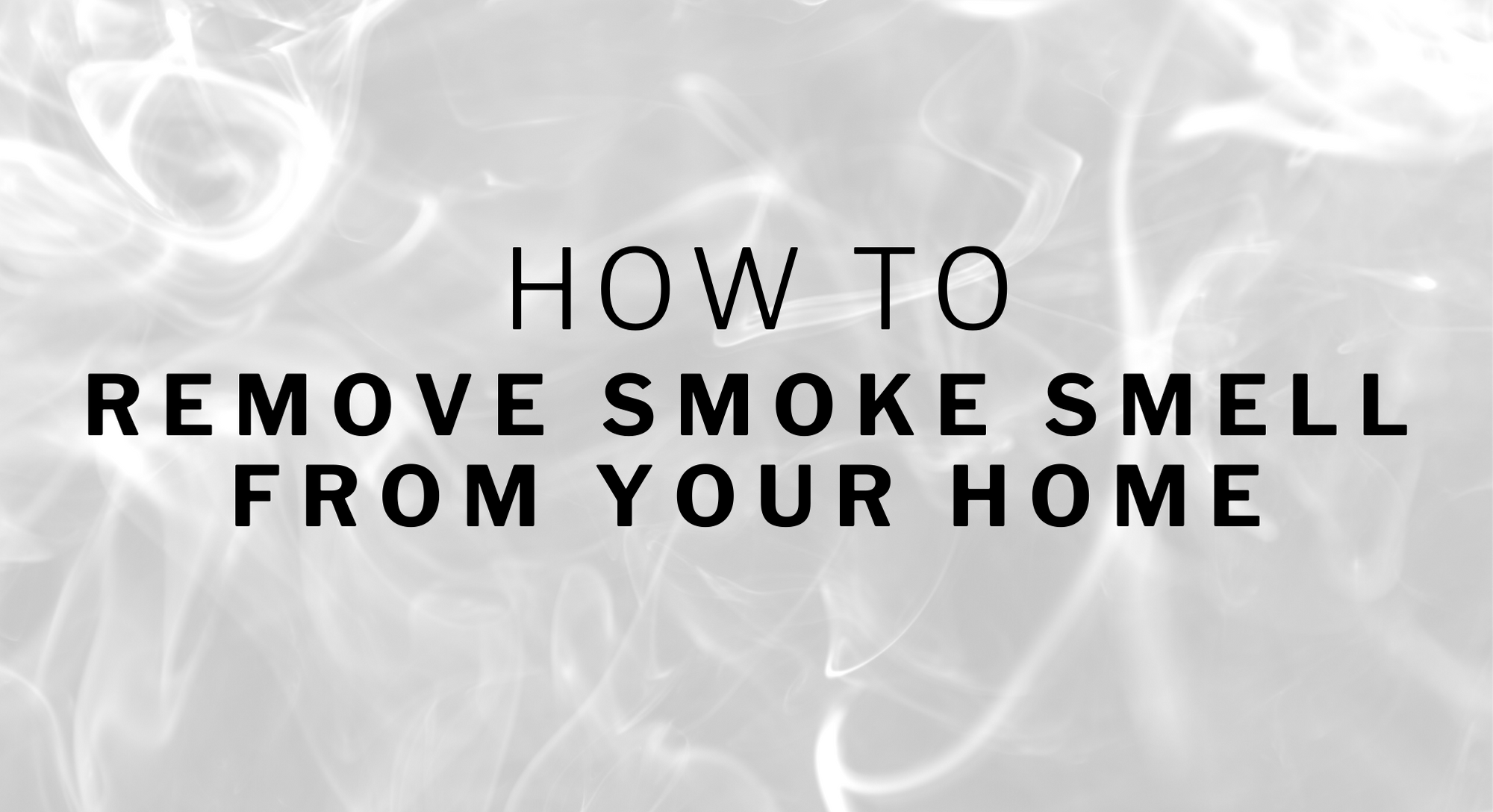
In the aftermath of the Kincade Fire, which ravaged the Sonoma County greenbelt burning 77,000 acres in 13 days, after the initial relief of finding your house still intact, like many of us, you may now be faced with the seemingly daunting task of removing the accumulated smoke from your home and assessing for damage.
Once the threat of fire is over and it’s safe to return to your home, even when there has been no structural damage, you still may find yourself dealing with the lingering after-effects of the smoke that can penetrate your carpets, furniture, clothing, and even the paint on your walls. The microscopic particles in the smoke also affect the air quality in your home and can be a major health risk.
Here are some tips for removing the smoke from your home after a fire…
Air out your entire house.
Open all of the doors and windows, use fans to improve the ventilation in your home.
Clear the air room-by-room.
Close off all but one room, direct the fresh air from outside into the room using a fan, and leave one window in the room open for the bad air to escape.
Do this for 15 minutes per room, then close off that room.
Repeat the process for all the remaining rooms of your home.
Give all of the surfaces of your home a thorough cleaning.
Wash or dry clean all clothes, towels, bedding, curtains, cushions, etc.
After washing, remove them from the affected area so they do not become contaminated again.
Hard surfaces such as walls, doors, baseboards, countertops, furniture, and light fixtures, need to be cleaned as well.
Use a solution of dish soap, white vinegar, and warm water. Uncarpeted/hardwood floors may require special care.
Rinse the mop in running water rather than dipping it into a bucket where the smoke particles will collect and end up back on your floor.
You may even need to repaint walls that have experienced heavy smoke damage.
Window panes should be cleaned inside and out along with window frames, sills, screens.
Wooden blinds and cabinets should be cleaned with a wood-safe soap, plastic blinds can be cleaned with a mixture of white vinegar and hot water.
Change air conditioning and furnace filters as soon as possible.
Have your HVAC system inspected to ensure there was no damage.
If the above methods are not effective, call a professional smoke removal specialist.
Check your homeowner’s insurance policy to find out what services are covered, just keep in mind that filing an insurance claim may increase your premium.
Talk to your insurance agent about obtaining a smoke damage assessment before attempting the DIY clean-up.
Cleaning up the area will affect how much damage is perceived.
An air cleaner/purifier can help reduce the particle levels in your home.


 Facebook
Facebook
 X
X
 Pinterest
Pinterest
 Copy Link
Copy Link


